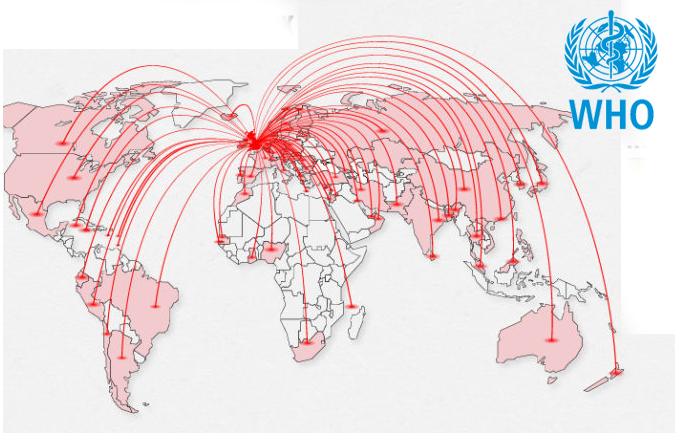The World Health Organization (WHO) has classified the COVID-19 mutation that has appeared in India as a “variant of concern”.
WHO’s senior scientist Maria Van Kerkhove said on Monday that there was “some available information to suggest increased transmissibility of B.1.617”, the variant detected in India.
She also pointed to early studies “suggesting that there is some reduced neutralisation”, a reference to the possibility that vaccines might be less effective against it.
“As such, we are classifying this as a variant of concern at the global level,” she said.
More details would be provided in the WHO’s weekly epidemiological update on Tuesday, she added.
The other three mutations designated as of concern by WHO are the variants first detected in Britain, South Africa and Brazil.
The WHO classifies COVID-19 variants into two categories: variants under observation and variants of concern. The latter are more contagious, hard to control or they lead to more severe illness.
But there is no evidence yet that coronavirus tests, drugs or vaccines are less effective against the variant in India, said Van Kerkhove.
The WHO’s Chief Scientist Soumya Swaminathan agreed, urging a “balanced approach”.
“What we know now is that the vaccines work, the diagnostics work, the same treatments that are used for the regular virus work,” she told journalists.
“So there’s really no need to change any of those, and in fact … people should go ahead and get whatever vaccine is available to them and that they are eligible for.”
Experts highlight that the more the virus spreads, the bigger the risk it will find ideal conditions to mutate in concerning ways, stressing that everything must be done to rein in transmission.
“We will continue to see variants of concern around the world, and we must do everything that we can to really limit the spread,” Van Kerkhove said.
Hundreds of thousands of people have become infected with the coronavirus daily in India, and just over 22.6 million infections have been tallied in the country since the pandemic began.
According to the WHO, the number of new infections is decreasing in most regions of the world, including Europe and the Americas.
However, there is still a sharp increase in South Asia and Southeast Asia, the agency said.(Courtesy Al Jazeera)





